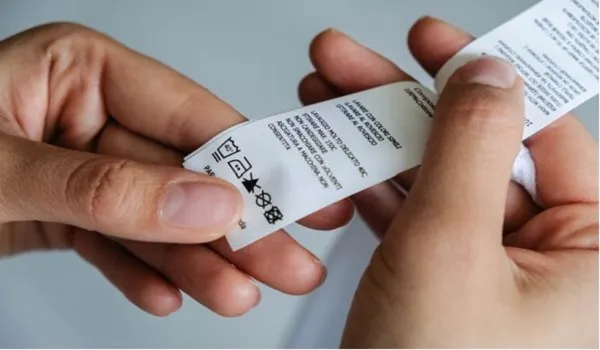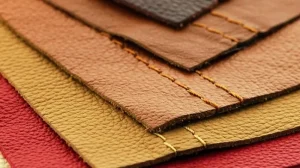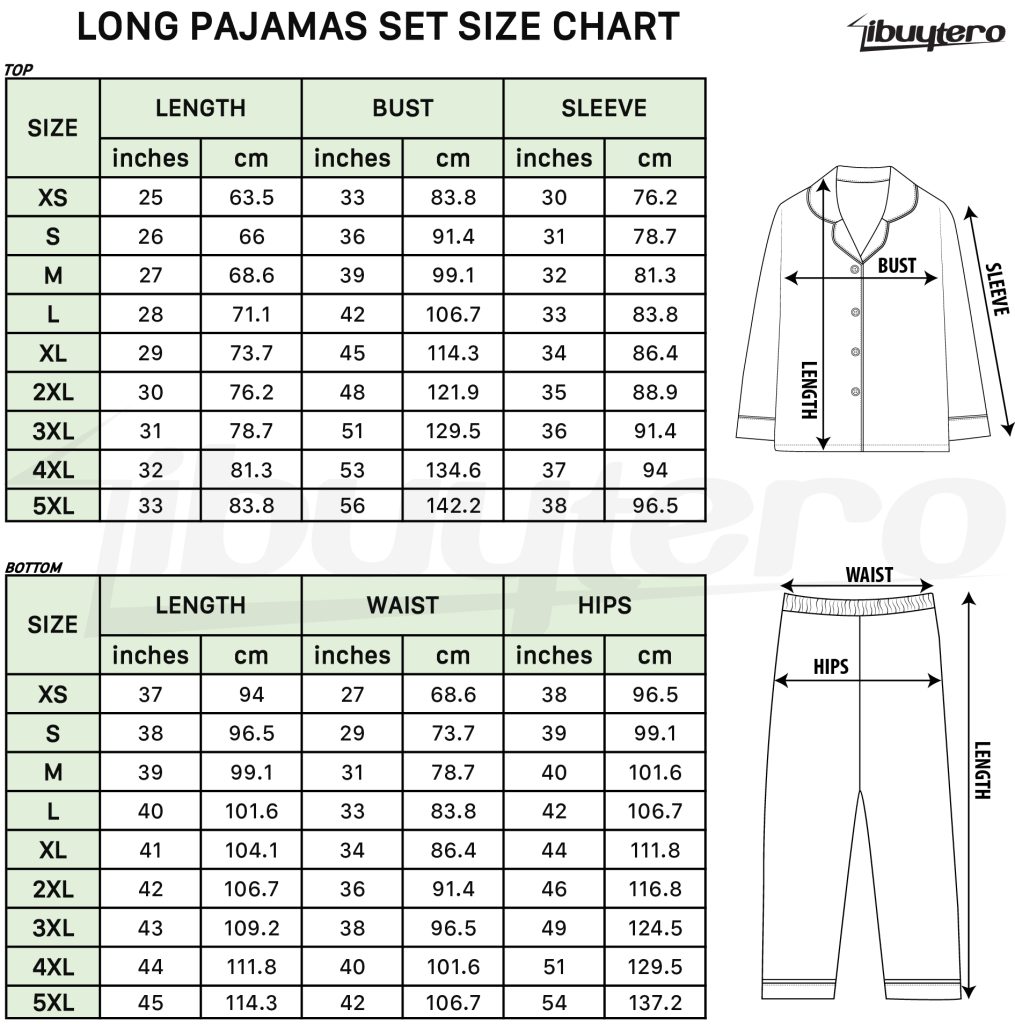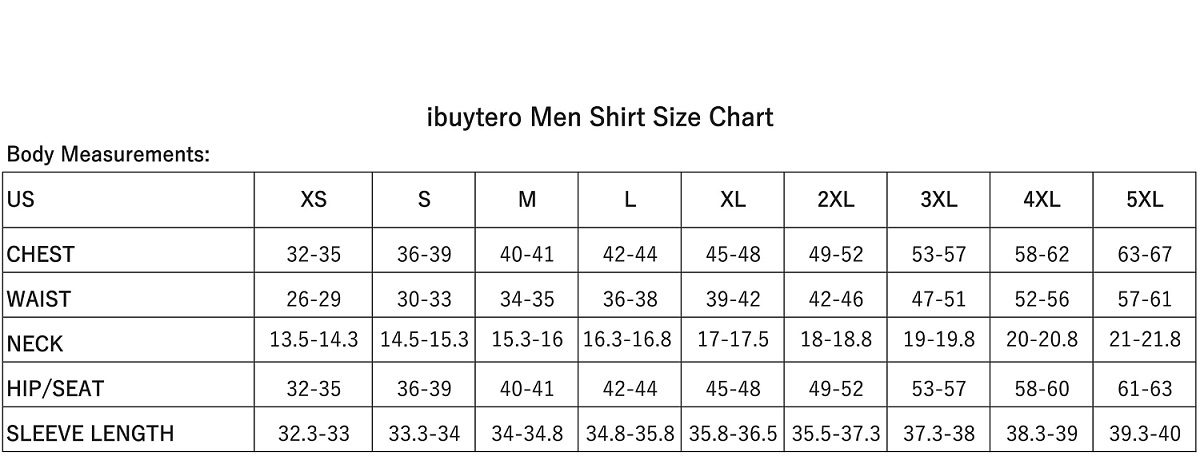What is the difference between PU leather and genuine leather?
Understanding the difference between PU leather and genuine leather is essential for making informed purchasing decisions. In a market flooded with various leather products, knowing the differences between these two materials can help you choose the option that best suits your needs and preferences. Join us as we delve into the nuances of PU leather and genuine leather to unravel their unique characteristics and applications.
I. The difference between PU leather and genuine leather
With the advancement in manufacturing technology today, PU leather has undergone significant improvements not only in terms of product quality but also in aesthetic appeal, closely resembling expensive genuine leather. This has left many consumers feeling perplexed when making purchasing decisions. So, let’s explore some simple tips together to differentiate between genuine leather and PU leather!

1. Check the label
The simplest way to confirm whether leather is genuine or faux is by examining the product label. This method is quite common as most labels provide comprehensive information about the material and care instructions for users to identify. When shopping, if you see the words ‘manmade materials’ on the label, it indicates that the product is made from PU leather.

2. Inspect the surface of PU leather
With modern technology, PU leather is crafted with precision, closely resembling genuine leather. A trick to differentiate between genuine and faux leather is by observing the surface texture. In PU leather, you’ll notice that any grain patterns on the surface are uniform and consistent, whereas genuine leather will exhibit natural variations in grain patterns.
3. Check water resistance
Genuine leather has low water resistance, quickly absorbing moisture upon contact and prone to damage. In contrast, PU leather boasts superior water resistance, making PU leather products a top choice for many.
4. Smell test
Another method to distinguish between genuine and PU leather is by smelling them. Genuine leather products have a distinct odor, while PU leather emits a scent similar to silicone, quite strong and artificial. Therefore, you can detect the difference in just a few seconds by smelling them. This method should be used for newly purchased items only, as it may be challenging to distinguish with products that have been used for a long time.

5. Feel the surface
With PU leather products, you’ll notice a soft and pliable texture when touching the surface. In contrast, genuine leather will feel rougher to the touch.
6. Price
PU leather products are generally much cheaper compared to those made from genuine leather.
II. Conclusion
The disparity between PU leather and genuine leather lies in their composition, durability, and price points. While PU leather offers affordability and versatility, genuine leather boasts durability and a timeless appeal. Whether you opt for the budget-friendly option of PU leather or the premium quality of genuine leather, each has its own merits and can cater to different tastes and requirements. At ibuytero, we aim to provide comprehensive insights to empower your decision-making process when it comes to leather products, ensuring satisfaction and confidence in your purchases.
You can also visit ibuytero shop to choose fashionable gifts with unique and interesting designs. Follow us on Pinterest to keep up to date with the latest products.









